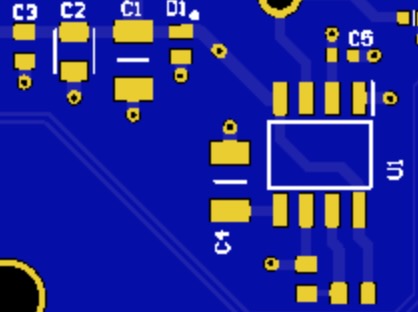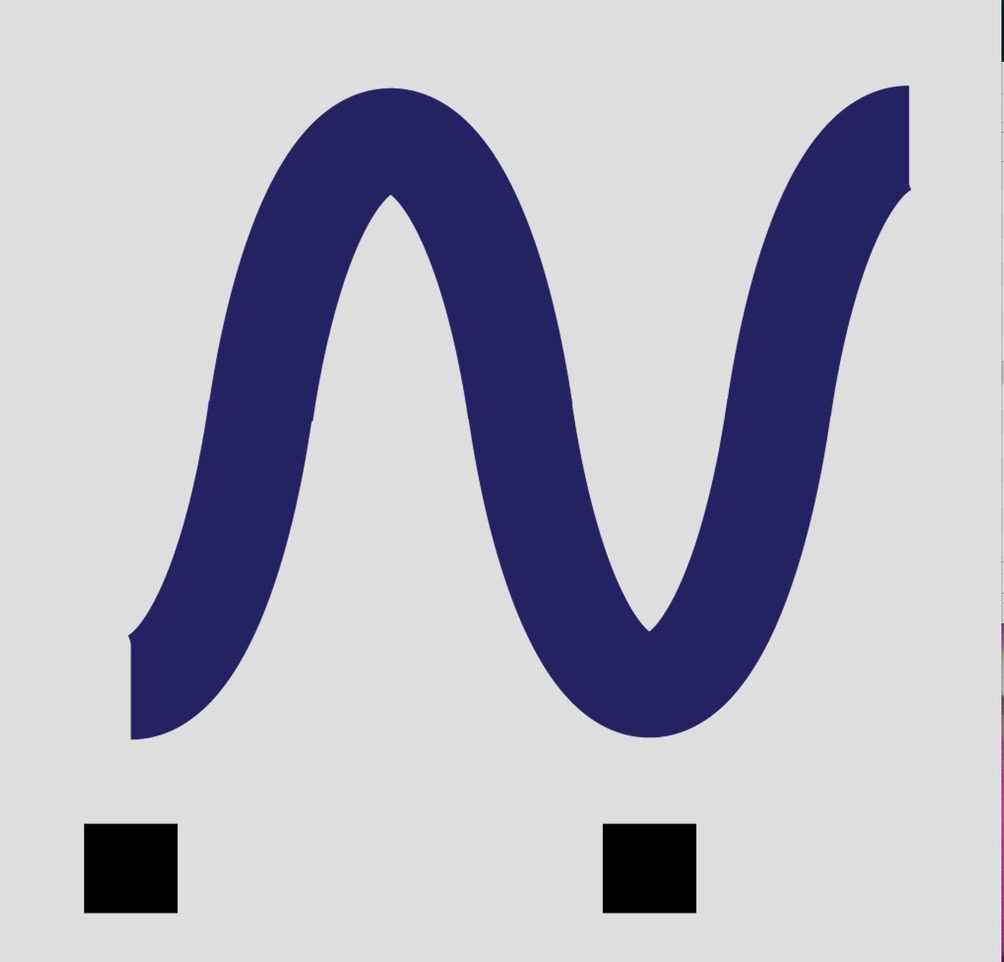Exact Measurement? For Innovation, and Progress
A coherence-based Noise Reduction System, approaches a time-independent reference, or exact standard, for the measurement of time. Download summary of scientific research here.
Discrete Vs Continuous:
Gaining The Benefits Of Both

Areas of Application of Coherence Technology Pdf download here: https://www.upgradingtechnology.com/support-files/areasofapplication.pdf
Discrete vs continuous, or discrete and continuous? The seamless integration of the qualities of discrete and continuous signals is accomplished most easily by reducing measurement uncertainty.
The Magic of Exact Measurements and the Dance Between Discrete and Continuous
Imagine you are juggling two apples, one red and one green. The green apple represents ‘Discrete’ and the red apple symbolizes 'Continuous'. They seem to be different, right? But what if we could find a way to get the best taste combining the sweetness of each fruit? That's what we are going to talk about in our adventure towards sustainable development, innovation, and progress. We'd like to introduce you to the magical world of exact measurement and how the harmonious dance between Discrete and Continuous can lead us there!
Let's start our journey towards understanding the roots of Discrete vs. Continuous. They are like two sides of a coin, each holding its own unique strengths. In the mysterious land of technology, ‘Discrete’ or 'Digital' operates like a stop-motion movie, it is 'on' or off, just like our light switch. It works using small bursts of information and are easy to manage and less likely to make mistakes.
On the other side, 'Continuous' or 'Analog' flow like a beautifully crafted music. It captures every note in its purest form, more like our heartbeat or the river's constant flow. Hence, it's used to capture complicated waveforms in audio and video to seize our reality with high-definition detail.
You might wonder, why do we need to make a choice? Can't we enjoy the tartness of the green apple and sweetness of the red apple at the same time? Indeed, we can! When we smartly merge the power of discrete and continuous, we get a delicious fruit salad that offers us the best of both worlds!
Imagine you are enjoying a live concert. The music is recorded in analog because it captures the richness and warmth of the sound. But to share that joyous evening with others or to reproduce that magic on a different day at another place, we need to convert that recording to digital. This allows us to edit, mix, and share it easily and accurately.
Bringing both the digital and analog elements together

Discrete vs continuous: Bringing both the digital and analog elements together lets us paint our world in multitude of colors and shades. This magical blend brings precise, and more life-like experiences closer to us.
To further illustrate, let's discuss the tale of 'Quantum Criticality'. Could you imagine a perfectly balanced seesaw? It doesn't tilt to either side and remains steady no matter what happens. Similarly, between every rise and fall, say between the crests and troughs of waves, there lies a peaceful point. It's a moment that has no direction, devoid of qualities other than balance. Much like our seesaw, it doesn't lean towards 'Discrete' nor 'Continuous', but stays in equilibrium.
Could the tiny pause between a heart’s contraction and expansion, or the point where a wave seems to stand still just for that moment, serve as the perfect reference for the measurement of time? If we were to mould this moment of uninterrupted peace, of non-changing balance, we could use it as a basis for precise time measurement in technology. Thus, integrating the discrete and continuous in this manner provides us with an upgraded technology, more in tune with our living systems and our physical world.
Our quest for more sustainable development, innovation, and enhanced technology has thus led us to the perfect balance between discrete and continuous, a magic combination of both offering limitless potential for progress. We're amazed by the potential held in this harmony and we aim to explore the possibilities emerging from it further. Let's continue this enchanting exploration together!
Going forward with discrete vs continuous: A merger to better represent our world through our digital technologies
Definitely, the merging of discrete (digital) and continuous (analog) technological motion can offer a richer and more realistic representation of the physical world.In the domain of technology, the distinction between digital and analog has been drawn in relation to how information is processed and communicated. Analog motion deals with continuous variables such as wavelengths, while digital operates on discrete units of information such as binary code.
The representation of motion as analog is, arguably, more life-like as it captures the continuous nature of movements in the physical world. This is why analog has been used to represent complex waveforms in audio and video transmissions to capture high fidelity reality.
However, digital motion, while less life-like, provides for convenience, reusability, and the ability to manipulate information more readily. It's also easier to manage and less susceptible to errors caused by interference, degradation, or distortion.
Therefore, a combination of the two can offer benefits not found in each separately. For example, in music production, recordings may be done in analog to capture the richness and warmth of the sound, but then converted to digital for editing, mixing, and distribution.
No doubt, moving forward, technology would continue to harness the benefits of both the analog and digital realms to better represent our world in its different manifestations. And this fusion would potentially result in more enhanced, precise, and intuitive interfaces and experiences.

For more information about how to upgrade any technological system from discrete vs continuous to a seamless integration of discrete and continuous, you may be interested in learning about the Coherence Hasslefree Innovation Program™ (CHIP).